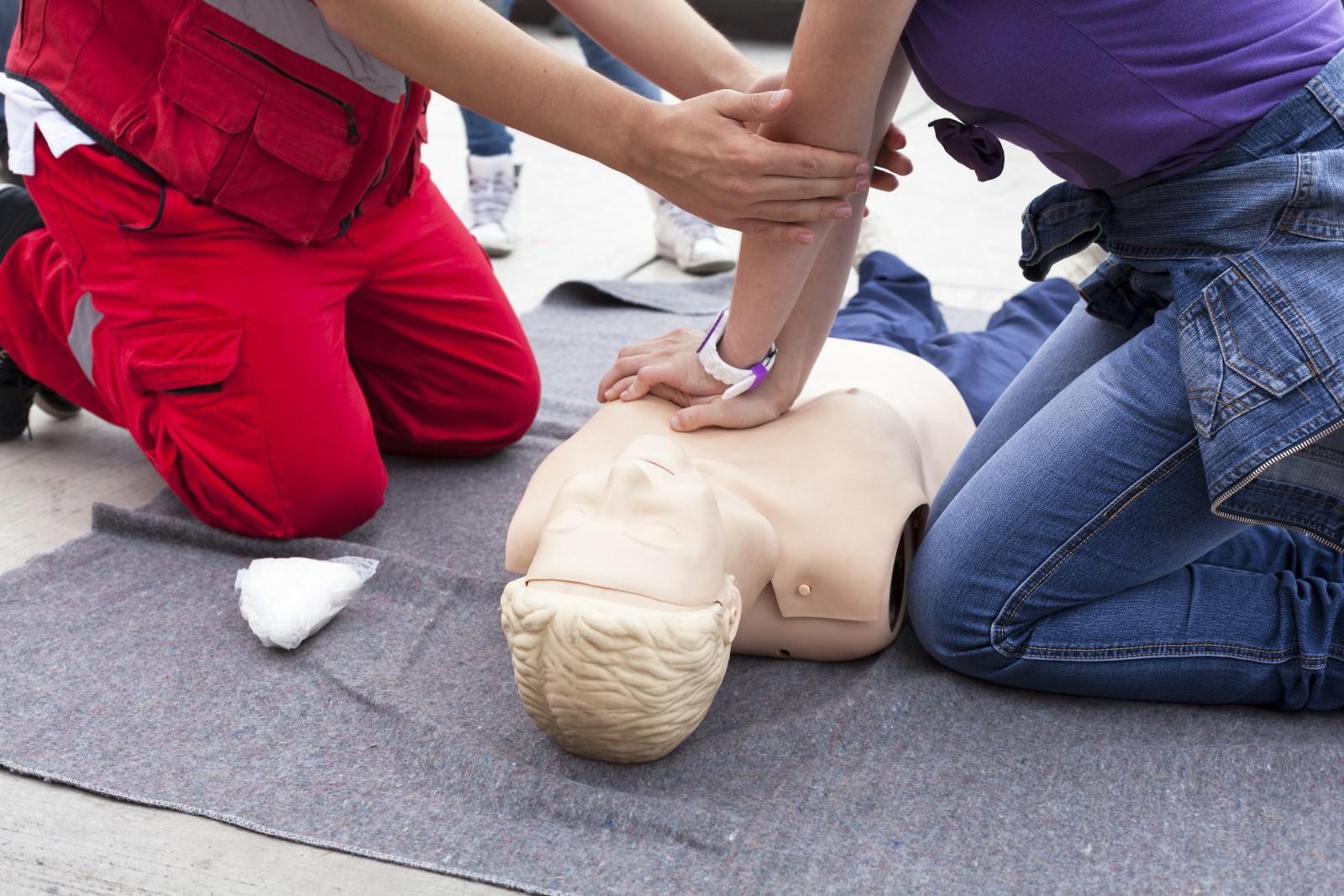Mastering Emergency Preparedness: The Critical Role of First Aid & CPR Training in the Workplace
In today's fast-paced work environment, being prepared for emergencies is not just a smart move; it's a necessity. This is where **First Aid and CPR training** comes into play, providing employees with essential skills that can save lives and enhance the overall safety culture of an organization. Whether you’re a business owner, HR professional, or safety officer, understanding the value of comprehensive **First Aid courses** is essential for ensuring a safe workplace. In this guide, we will explore the essential benefits of completing a **First Aid Certification** and why enrolling in a **CPR training course** should be a priority.
The Importance of First Aid Training
First Aid training equips employees with the skills to respond effectively to various emergencies, from minor injuries to life-threatening situations. Here are key reasons why first aid training is critical:
- Immediate Response: In emergencies, every second counts. Trained employees can provide immediate care, which might be crucial for a victim’s recovery.
- Injury Prevention: A well-trained workforce is less likely to overlook safety procedures, leading to a reduction in workplace injuries.
- Improves Confidence: Employees who know first aid techniques are likely to feel more confident and empowered in emergencies.
Key Benefits of First Aid Certification
Obtaining a **First Aid Certification** provides several benefits to both individuals and organizations:
- Regulatory Compliance: Many workplaces are required by law to have certified first aid responders on site. Completing a **First Aid training course** ensures compliance with health and safety regulations.
- Enhanced Team Morale: Knowing that your colleagues can act during a crisis fosters a sense of community and trust among team members.
- Cost Efficiency: Training employees in first aid can reduce healthcare costs for the organization by enabling them to respond to minor injuries and preventing them from escalating.
Essential First Aid Skills Every Workplace Should Implement
Understanding basic first aid skills is essential for all employees. Here are some crucial skills that should be covered in a comprehensive **First Aid Course**:
- Assessing the Situation: Learning how to calmly assess an emergency situation is the first step towards providing effective help.
- CPR Techniques: Knowledge of effective **CPR techniques** can make the difference in a cardiac emergency.
- Wound Care: Understanding how to clean and dress wounds prevents infections and promotes healing.
- Recognizing Symptoms: Training employees to recognize the symptoms of serious conditions like strokes or heart attacks ensures timely medical intervention.
Understanding CPR: Essential Techniques for Workplace Emergencies
Cardiopulmonary resuscitation (CPR) is one of the most critical skills taught in first aid training. Here are key components of effective CPR:
- Chest Compressions: The foundation of CPR is providing high-quality chest compressions; remember the 30:2 ratio (30 compressions followed by 2 breaths).
- Rescue Breaths: If trained, delivering rescue breaths can be life-saving; however, hands-only CPR is effective if you’re untrained or unwilling to give breaths.
- Using AEDs: Familiarity with Automated External Defibrillators (AEDs) is paramount as they can significantly improve survival rates in sudden cardiac arrests.
How First Aid Certification Ensures Workplace Health & Safety Compliance
Employers have a legal and moral duty to ensure a safe working environment. Enrolling staff in **Emergency First Aid Training** can help meet these obligations:
- Workplace Health & Safety Requirements: Many regions have specific regulations mandating first aid training for employees.
- Regular Training Updates: Compliance isn't a one-time effort; regular training refreshes employees' skills and keeps them updated on best practices.
Choosing the Best First Aid Training Course for Your Employees
When selecting a **First Aid course**, consider the following factors to ensure comprehensive training:
- Reputation and Accreditation: Choose recognized training providers that comply with local regulations.
- Course Content: Ensure the syllabus covers basic first aid, CPR, and workplace-specific scenarios relevant to your industry.
- Training Format: Decide whether traditional classroom settings or **online first aid courses** suit your team’s needs better.
Advantages of Online First Aid and CPR Training for Busy Teams
For organizations with busy schedules, **Online First Aid Courses** offer unparalleled flexibility:
- Self-Paced Learning: Employees can complete the training at their convenience, which minimizes disruption to work schedules.
- Accessibility: Online courses are accessible from anywhere, making it easier for remote teams to participate.
- Cost-Effective: Online courses can often be more affordable than in-person training, reducing overhead costs.
Conclusion & Call to Action
In conclusion, investing in **First Aid and CPR training** is a fundamental step towards creating a safer workplace. Not only does it equip employees with life-saving skills, but it also ensures compliance with health regulations and enhances overall workplace morale. Don’t wait; empower your employees by enrolling them in a certified **First Aid & CPR training course** today!
Ready to get started? Visit our website for more information or reach out to us at [email protected] to discuss training options and how we can best meet your organization’s needs.



 349,500 Offered Certificates
349,500 Offered Certificates
 24/7 Online Training
24/7 Online Training
 Money Back Guarantee
Money Back Guarantee
 Fully Accredited Courses
Fully Accredited Courses
